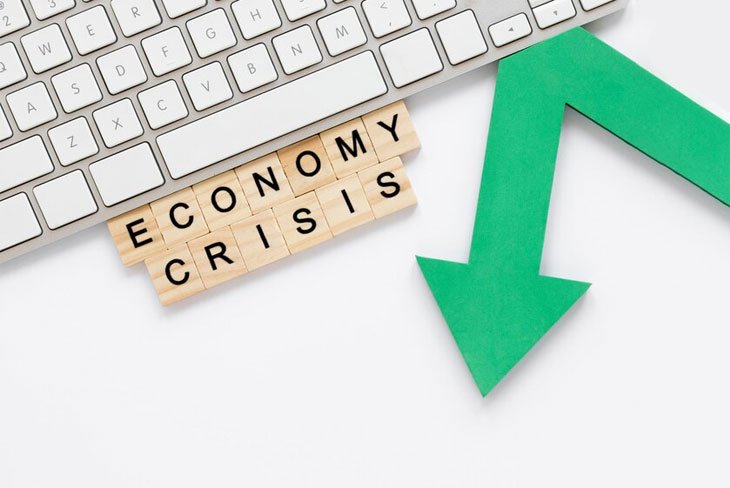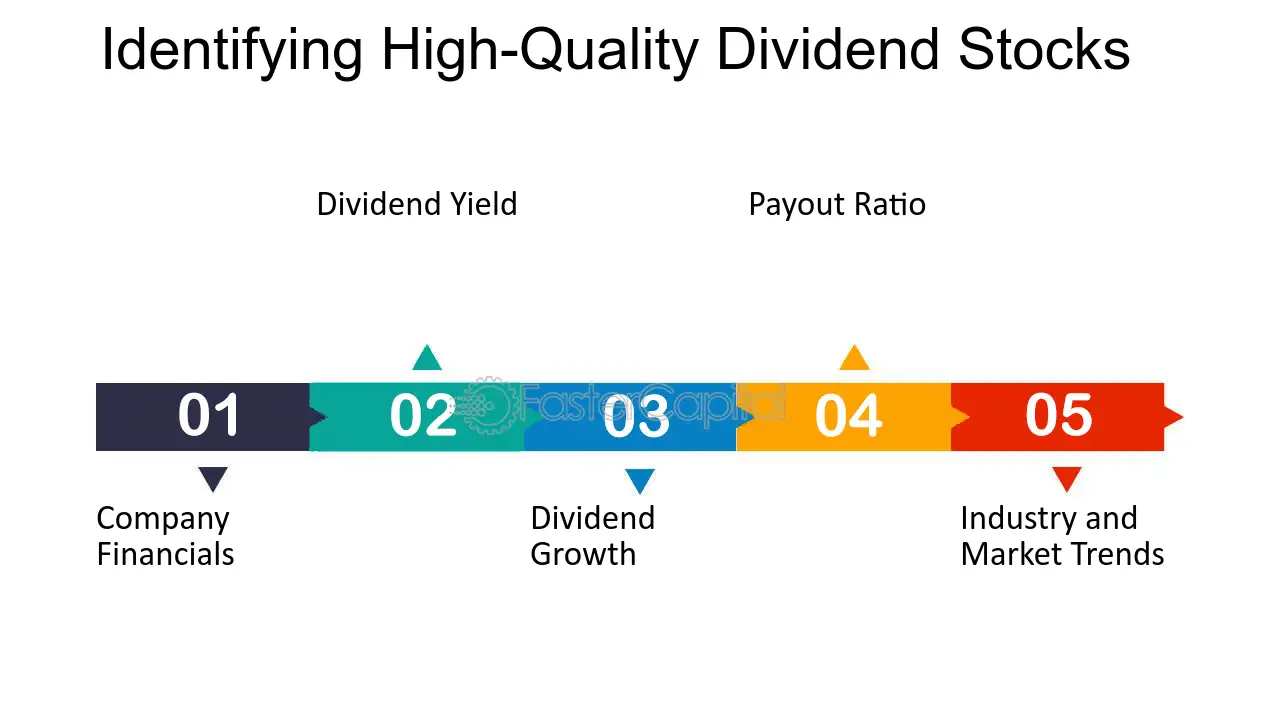
Did you know that in 2023, over 60% of loan applications were processed and approved in less than 24 hours? This astonishing statistic isn’t from a far-off future—it’s the present reality of traceloans, a groundbreaking financial innovation that’s changing the lending industry.
In an era where time equals money, traditional lending processes often fall short of meeting the urgent financial needs of individuals and businesses. Enter traceloans: a cutting-edge approach to borrowing that’s fundamentally changing how we access credit. By leveraging advanced technology and digital data, traceloans offer a speed and flexibility that was unimaginable just a few years ago.
Imagine applying for a loan and receiving funds in your account on the same day, with minimal paperwork and without the need for collateral. This isn’t a financial fairy tale—it’s the power of traceloans at work. These innovative loan instruments use your digital footprint and online behavior to quickly assess creditworthiness, allowing lenders to make rapid decisions while minimizing risk.
But like any financial tool, traceloans come with their own set of advantages and potential pitfalls. In this comprehensive guide, we’ll dive deep into the world of traceloans, exploring their unique features, benefits, and the risks that borrowers should be aware of. Whether you’re an individual facing unexpected expenses or a business owner looking to capitalize on a time-sensitive opportunity, understanding traceloans could be the key to unlocking fast, flexible financing.
Join us as we unpack this revolutionary financial solution and discover how traceloans are reshaping the lending landscape, offering new possibilities for those who might struggle with traditional credit access. By the end of this article, you’ll have the knowledge you need to make informed decisions about whether traceloans are the right choice for your financial needs in our rapidly evolving digital economy.
What Are Traceloans?
Traceloans represent a cutting-edge form of lending that harnesses the power of technology and digital data to provide swift, flexible, and accessible financial assistance. Unlike conventional loans that rely heavily on paperwork and time-consuming approval processes, traceloans utilize advanced algorithms and data analysis to assess borrowers’ creditworthiness quickly and efficiently.
The key distinction of traceloans lies in their ability to “trace” an applicant’s digital footprint and online behavior. This innovative approach allows lenders to verify information and assess risk more rapidly than ever before, resulting in a streamlined lending process that can deliver funds to borrowers in a fraction of the time required by traditional methods.
The Rise of Traceloans
The emergence of traceloans is a direct response to the growing demand for faster, more convenient financial solutions in our increasingly digital world. As consumers and businesses alike seek quicker access to funds, traceloans have stepped in to fill this gap, offering a modern alternative to conventional lending practices.
Several factors have contributed to the rise of traceloans:
- Technological advancements in data analysis and artificial intelligence
- The increasing availability of digital information about individuals and businesses
- A shift towards online and mobile banking services
- Growing consumer expectations for instant gratification in financial services
As these trends continue to evolve, traceloans are poised to play an increasingly significant role in the lending landscape.
Understanding Traceloans: Key Features and Benefits
To fully appreciate the potential of traceloans, it’s essential to understand their unique features and the benefits they offer to borrowers. Let’s explore the key aspects that set traceloans apart from traditional lending options.
Faster Approval Process
One of the most significant advantages of traceloans is the speed at which applications are processed and approved. While traditional loans can take days or even weeks to be approved, traceloan applications are typically processed within a matter of hours. This rapid turnaround is made possible by the sophisticated algorithms and data analysis techniques employed by traceloan providers.
The accelerated approval process is particularly beneficial for those facing urgent financial needs or time-sensitive opportunities. Whether you’re dealing with an unexpected expense or looking to capitalize on a business opportunity, traceloans can provide the quick cash injection you need without the lengthy wait times associated with conventional loans.
Minimal Documentation Requirements
Another standout feature of traceloans is the reduced paperwork involved in the application process. Traditional loans often require extensive documentation, including pay stubs, tax returns, and detailed financial statements. In contrast, traceloans typically require only basic identification and financial information.
This streamlined approach to documentation is made possible by the traceloan provider’s ability to verify information quickly using digital data sources. By reducing the burden of paperwork on borrowers, traceloans make the lending process more accessible and less time-consuming.
Flexible Repayment Options
Traceloans often come with more flexible repayment terms compared to traditional loans. Borrowers may have several options for how and when to repay their loan, with repayment periods ranging from a few weeks to several months.
This flexibility can be particularly beneficial for those with variable income or those who prefer to align their repayment schedule with their cash flow. Some traceloan providers even offer the option to adjust repayment terms mid-loan, providing an additional layer of flexibility for borrowers.
No Collateral Required
Most traceloans are unsecured, meaning they don’t require borrowers to put up any assets as collateral. This feature makes traceloans an attractive option for those who may not have significant assets to secure a loan or who prefer not to risk their personal property.
The absence of collateral requirements also contributes to the speed of the approval process, as there’s no need for time-consuming asset valuations or complex legal arrangements.
Eligibility Criteria for Traceloans
While traceloans offer many advantages in terms of accessibility and speed, there are still certain eligibility criteria that borrowers must meet. Understanding these requirements can help potential borrowers assess their likelihood of approval and prepare their applications accordingly.
Age and Residency Requirements
Typically, traceloan applicants must be at least 18 years old and have a permanent residence in the country where they’re applying for the loan. These basic requirements help ensure that borrowers are legally able to enter into a loan agreement and can be easily contacted if needed.
Stable Income Verification
While the documentation requirements for traceloans are generally less stringent than those for traditional loans, applicants still need to demonstrate a stable source of income. This requirement helps lenders assess the borrower’s ability to repay the loan.
The income verification process for traceloans often relies on digital data sources, such as bank statements or online payment platforms, rather than traditional pay stubs or tax returns. This approach allows for quicker verification while still providing lenders with the necessary assurance of the borrower’s financial stability.
Credit History Considerations
Credit history plays a role in traceloan applications, but its importance may vary depending on the specific lender and loan product. While a good credit history can improve an applicant’s chances of approval and potentially secure more favorable interest rates, many traceloan providers are willing to work with borrowers who have less-than-perfect credit.
Some traceloan providers use alternative data sources to assess creditworthiness, looking beyond traditional credit scores to factors such as utility bill payment history, rental payments, or even social media activity. This broader approach to credit assessment can make traceloans more accessible to those who might struggle to qualify for traditional loans.
Traceloans for Businesses: Fueling Growth and Flexibility
While traceloans offer significant benefits for individual borrowers, they also present unique opportunities for businesses, particularly small and medium-sized enterprises (SMEs). Let’s explore how traceloans can support various business needs and contribute to growth and success.
Working Capital Financing
One of the primary uses of traceloans for businesses is to provide working capital. Working capital is the lifeblood of any business, essential for covering day-to-day operational expenses, managing cash flow, and maintaining smooth business operations.
Traceloans can offer a quick and flexible solution for businesses facing temporary cash flow challenges or sudden expenses. The rapid approval process and minimal documentation requirements make traceloans an attractive option for businesses that need to act quickly to address financial needs or capitalize on time-sensitive opportunities.
Growth Opportunities
For businesses looking to expand or invest in growth initiatives, traceloans can provide the necessary capital without the lengthy approval process associated with traditional business loans. This quick access to funds can be crucial in competitive markets where the ability to move swiftly can make the difference between success and missed opportunities.
Traceloans can support various growth-related expenses, such as:
- Purchasing new equipment or technology
- Expanding inventory
- Hiring additional staff
- Launching marketing campaigns
- Expanding to new locations
The flexibility of traceloans allows businesses to tailor their borrowing to specific growth initiatives, potentially leading to increased revenues and market share.
Bridge Financing
Traceloans can also serve as an effective form of bridge financing for businesses. Bridge financing is a short-term loan used to cover immediate expenses while waiting for more substantial, long-term financing to come through.
For example, a business might use a traceloan to:
- Cover expenses while waiting for invoice payments
- Fund operations during seasonal lulls in revenue
- Meet payroll obligations during periods of rapid growth
- Finance the early stages of a project while awaiting grant funding or investor capital
The speed and flexibility of traceloans make them well-suited for these short-term financing needs, allowing businesses to maintain momentum and avoid cash flow disruptions.
Potential Risks and Considerations
While traceloans offer numerous benefits, it’s crucial for potential borrowers to be aware of the potential risks and carefully consider all aspects of these loans before committing. Here are some key considerations to keep in mind:
Higher Interest Rates
One of the most significant drawbacks of traceloans is that they often come with higher interest rates compared to traditional loans. This higher cost of borrowing is typically justified by the increased convenience, speed, and flexibility offered by traceloans.
Borrowers should carefully evaluate whether the benefits of a traceloan outweigh the additional cost. In some cases, the ability to access funds quickly or the opportunity cost of waiting for a traditional loan may justify the higher interest rate. However, for longer-term financing needs, traditional loans with lower interest rates may be more cost-effective.
Shorter Repayment Periods
Traceloans typically have shorter repayment periods compared to traditional loans, often ranging from a few weeks to several months. While this can be advantageous for those seeking short-term financing, it can also lead to higher regular payment amounts, which may strain some borrowers’ budgets.
Before taking out a traceloan, carefully consider your ability to meet the repayment schedule. If you’re unsure about your ability to repay the loan within the given timeframe, it may be wise to explore alternative financing options or negotiate a longer repayment period with the lender.
Importance of Reviewing Terms and Conditions
As with any financial product, it’s crucial to thoroughly review and understand the terms and conditions of a traceloan before accepting it. Pay close attention to:
- Interest rates and how they’re calculated
- Any additional fees, such as origination fees or early repayment penalties
- The repayment schedule and payment amounts
- Any clauses related to late payments or default
Don’t hesitate to ask the lender for clarification on any points you don’t fully understand. Remember, once you’ve accepted the loan, you’re legally bound by its terms, so it’s essential to enter into the agreement with a clear understanding of your obligations.
Consequences of Late Payments
Given the typically shorter repayment periods and higher interest rates of traceloans, the consequences of late payments can be particularly severe. Late payments may result in:
- Additional fees and charges
- Increased interest rates
- Negative impact on your credit score
- Legal action by the lender
To avoid these consequences, it’s crucial to have a solid plan for repaying the loan before you accept it. If you encounter difficulties making payments, communicate with your lender as soon as possible to explore potential solutions.
The Future of Traceloans
As technology continues to advance and consumer expectations for speed and convenience in financial services grow, traceloans are likely to play an increasingly significant role in the lending landscape. We can expect to see further innovations in this space, including:
- More sophisticated data analysis techniques for assessing creditworthiness
- Increased integration with other financial services and products
- Expanded use of artificial intelligence in loan decision-making processes
- Greater customization of loan terms based on individual borrower profiles
However, as the traceloan industry evolves, it will likely face increased regulatory scrutiny to ensure consumer protection and fair lending practices. Borrowers should stay informed about these developments and continue to exercise caution when considering any form of credit.
Conclusion: Weighing the Pros and Cons of Traceloans
Traceloans represent an innovative approach to lending that leverages technology and data to provide faster, more flexible access to credit. Their key benefits include:
- Rapid approval and fund disbursement
- Minimal documentation requirements
- Flexible repayment options
- Accessibility for those with less-than-perfect credit
These features make traceloans an attractive option for individuals and businesses facing urgent financial needs or seeking to capitalize on time-sensitive opportunities.
However, potential borrowers must also consider the drawbacks, including:
- Higher interest rates compared to traditional loans
- Shorter repayment periods
- The need for careful review of terms and conditions
- Potential for severe consequences in case of late payments
Ultimately, the decision to take out a traceloan should be based on a careful evaluation of your financial situation, needs, and ability to repay. While traceloans can provide valuable financial flexibility, they should be used judiciously and with a clear understanding of the associated costs and risks.
As the financial landscape continues to evolve, traceloans are likely to become an increasingly common option for borrowers. By staying informed about this innovative lending solution and carefully weighing its pros and cons, you can make confident decisions about whether a traceloan is the right choice for your financial needs.














